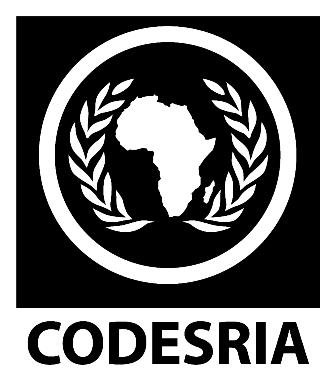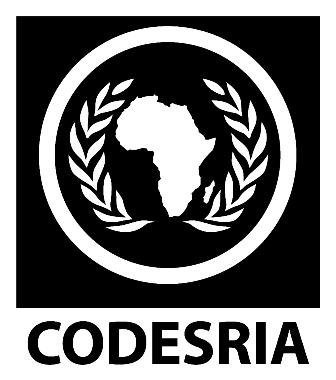EFFECTS OF FOREIGN AID ON ECONOMIC GROWTH IN NIGERIA (1974 – 2005)
Mots-clés :
Economic growth, foreign aid, 1974-2005, aid flows, aid volatility, NigeriaSynopsis
This study investigated the effects of foreign aid on economic growth in Nigeria for the
period 1974 to 2005. The aggregate aid transfers were disaggregated into productive and
non-productive aid flows, whereby we examined the trend in the productive and nonproductive
aid flows using the graphical approach, determined the degree of aid volatility
using Autoregressive Conditional Heteroskedasticity (ARCH) and Generalized Autoregr
essive Conditional Heteroskedasticity (GARCH) analytical technique, determined the
cyclicality and the stability of aid inflow with growth using correlation technique,
evaluated the effects of productive and non-productive aid on growth and also evaluated
the Dutch disease effects of productive and non-productive aid flows in Nigeria through
growth models, using Generalized Method of Moment analytical technique.
The study used secondary data, spanning 1974 to 2005. Data on aid flows were
obtained from the Organization for Economic Cooperation and Development (OECD)
Credit Reporting System (CRS) data base. While other time series data were obtained
from the Central Bank of Nigeria (CBN) Statistical Bulletin, and the World Bank’s
World Development Indicators (WDI) data base.
The results of our analyses revealed that aid inflows to Nigeria are volatile, procyclical
and destabilizing. Analysis of the differential effects of productive and nonproductive
aid flows revealed that both productive and non-productive aid flows are
growth enhancing in Nigeria. But, the volatilities of productive and non-productive aid
flows are negatively related to growth. Moreover, the Dutch disease analysis revealed
that both productive and non-productive aid flows engender Dutch disease. Therefore, we
concluded base on the foregoing results that Nigeria can utilize aid income if the
variability of the foreign aid inflows is mitigated and the Dutch disease effect aid flows is
controlled.
Téléchargements
Références
Agency for International Development, Annual Report on Program Performance 1994 (March 1995), p.19
Aliv,Markherjee and Shukralla (2006) Aid, Policies and Growth in Developing Countries. A new look at the empirics; Department of Economics, Western Michigan University
Arellano, C, Arellano Cristina, Ales Bulir, Timothy Lane, and Leslie Lipschit, 2005, The Dynamic Implications of Foreign Aid and Its Variability; IMF Working Paper No. 05/119, IMF, Washington, DC.
Bacha, E. L. (1990). A three-gap model of foreign transfers and the GDP growth rate in developing countries. Journal of development Economics 32:279-96.
Balassa, B. (1973), “Just How Misleading Are Official Exchange Rate Conversions: A Comment,” Economic Journal, 83, 1258-1267.
Boone, P. (1996). Politics and the effectiveness of aid. European Economic Review 40(1):289-329.
Bulir A. (2005). Dealing with Aid Volatility, an issues note. International Monetary Fund (IMF). Washington D.C.
Bulir, Ales and Timothy D. Lane (2002). Aid and Fiscal Management. IMF Working Papers 02/112, International Monetary Fund, Washington, DC
Bulir, Ales and A. Javier Hamann (2003). Aid Volatility: An Empirical Assessment. IMF Staff Papers 50 (1): 64-89.
Bulir and Hamman 2006, How Voatie and Unpredictable are Aid Flws and What are the Policies Implications? IMF Working Papers. WP/06/167.
Burnside C. Dollar D. (1997). Aid , policies and growth. World Bank Policy Research Working Paper 1777. Washington DC: World Bank.
Burnside, C, and D. Dollar (2000), “Aid, Policies, and Growth,” America Economic Review 90, 847-868.
Chenery H, Strout. S (1966). Foreign assistance and economic development. American Economic Review 66: 679-753
Collier, Paul and Dollar, David. (2002)“Aid Allocation and Poverty Reduction.” Development Research Group, World Bank DAC Journal, Vol. 4, No. 3, 2003.
DAC/Development Centre Aid Experts’ Seminar, OECD, Headquarters, Paris, March 10.






